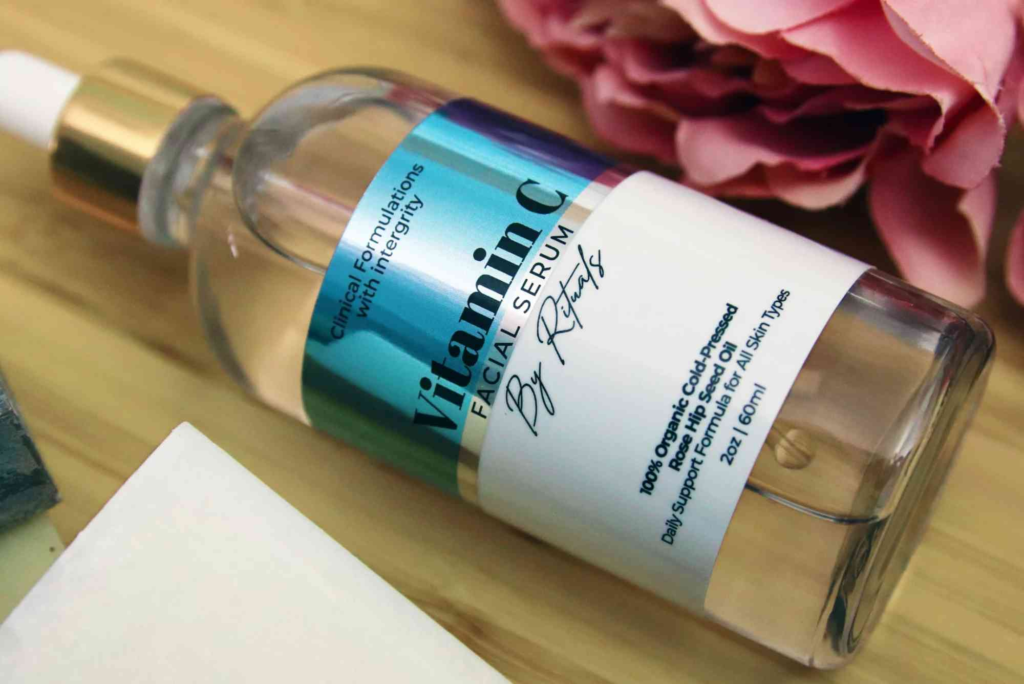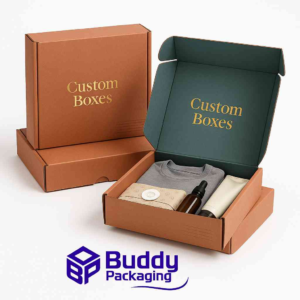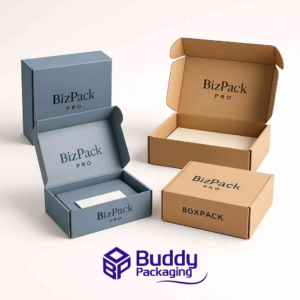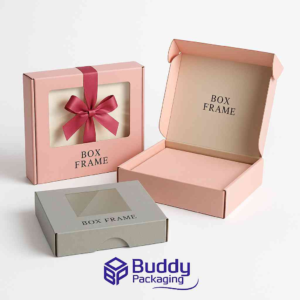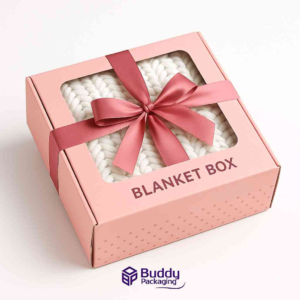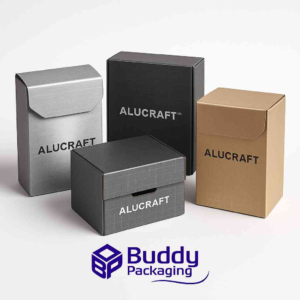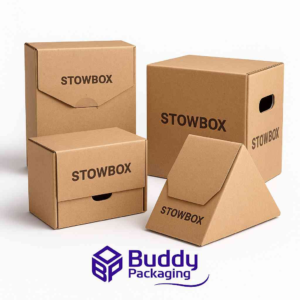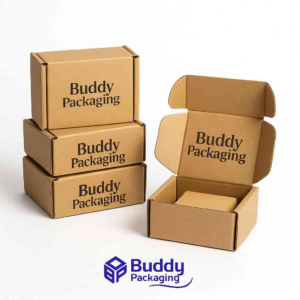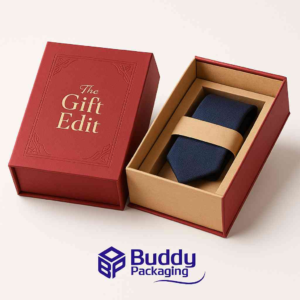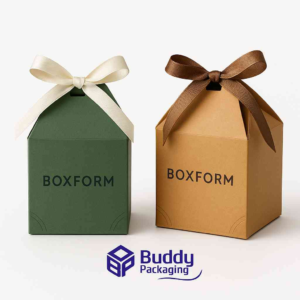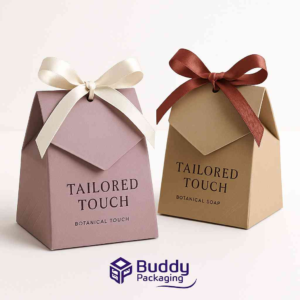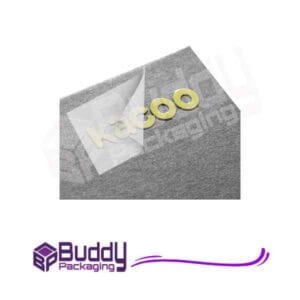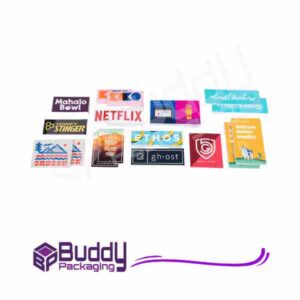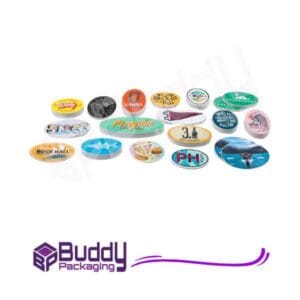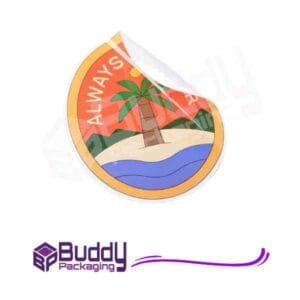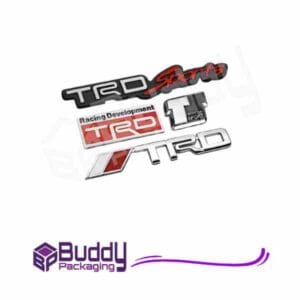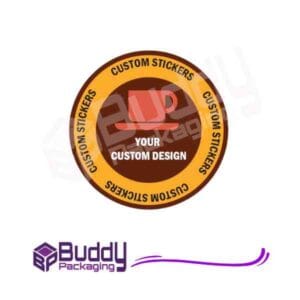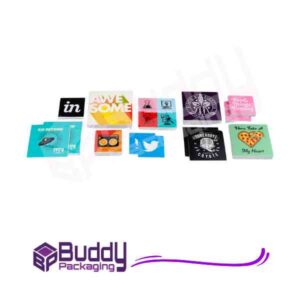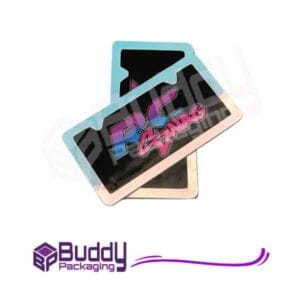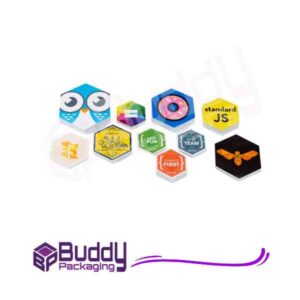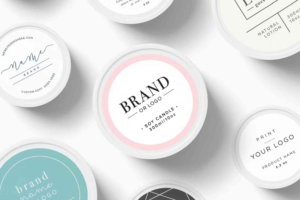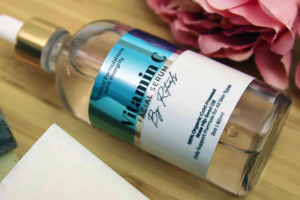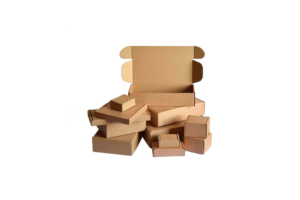Cosmetic Label Design — The Ultimate Guide for 2025
In the competitive beauty industry, your cosmetic label design is more than just packaging — it’s your silent salesperson. A well-designed label can turn an ordinary product into a premium experience, helping your brand stand out on crowded shelves. Whether you’re launching a skincare line, lipstick collection, or luxury perfume, the right label design can build trust, communicate quality, and capture attention instantly. This guide explores everything you need to know about creating effective cosmetic labels, from design principles and compliance to printing, materials, and branding psychology.
Understanding the Importance of Cosmetic Label Design
A cosmetic label isn’t just about aesthetics — it’s about communication. It tells your customers who you are, what your product does, and why they should trust it. Think of your label as the bridge between your brand and your customer’s emotions. Studies show that 70% of buying decisions in beauty stores are made based on packaging alone. This means your label design can make or break a sale in just a few seconds.
Your cosmetic label design should strike a balance between beauty and clarity. It should appeal to your target audience while remaining compliant with industry regulations. Whether you prefer minimalism, vintage charm, or modern luxury, the key is consistency with your brand’s visual identity.
Key Elements of an Effective Cosmetic Label Design
To create an unforgettable label, every detail counts. From typography to texture, each element influences how your product is perceived. Let’s explore the essential components that make a cosmetic label truly effective.
Logo and Brand Identity
Your logo is the first thing customers notice. It represents your brand’s story, values, and personality. A strong, well-placed logo ensures instant recognition. The design should align with your brand’s colour palette and target audience — for example, soft pastels for organic skincare or metallic tones for luxury makeup.
Typography and Readability
Typography isn’t just about choosing fonts; it’s about readability and mood. Use clean, legible typefaces for important information like ingredients and product names. Avoid overly decorative fonts that may reduce clarity. Combining serif and sans-serif fonts often creates a stylish yet professional appearance.
Colour Psychology
Colours evoke emotions. For instance, green suggests freshness and eco-friendliness, while gold conveys luxury. Understanding colour psychology helps you connect with your audience’s subconscious desires. When used correctly, your colour scheme can differentiate your brand from competitors.
Material and Finish
The choice of material and finish adds texture and depth to your label. Matte finishes offer sophistication, while glossy coatings add vibrancy. You can even experiment with embossed text, foil stamping, or UV coating for a premium look. Pairing this with elegant Custom Cosmetic Boxes can further elevate your brand presentation.
Information and Compliance
Cosmetic labels must include key details like ingredients, usage instructions, expiration date, and contact information. In the UK, all cosmetic products must comply with the UK Cosmetic Regulation (UKCR), ensuring transparency and consumer safety. Make sure your label includes legible text and correct symbols, such as cruelty-free or vegan icons, if applicable.
The Design Process: From Concept to Shelf
Designing a label isn’t just about creativity — it’s a process that involves strategy, testing, and precision. Here’s how the journey unfolds from concept to final print.
Research and Inspiration
Before diving into design, research your market. Analyse your competitors’ packaging, customer reviews, and current design trends. Platforms like Behance and Dribbble can spark inspiration. You can also explore label design tips from creative professionals to refine your ideas.
Sketching and Digital Design
Start by sketching multiple layouts. This helps visualise the label’s hierarchy and flow. Once you have a few concepts, move to digital design software such as Adobe Illustrator or Canva. Focus on balance — too much information can overwhelm, while too little can confuse.
Prototyping and Testing
Print sample versions of your label to test how colours, fonts, and materials appear under real lighting. You can also conduct small focus groups to get consumer feedback. Sometimes, minor adjustments in spacing or texture can drastically improve the final result.
Printing and Finishing
Choose a professional printer experienced in cosmetic packaging. High-quality printing ensures sharp colours and durability. Always verify that the label material is water-resistant and suitable for your product’s container, especially for liquids or creams.
Design Trends in Cosmetic Labels for 2025
Every year, design trends evolve, influenced by consumer behaviour, sustainability, and technology. Here are some of the hottest trends shaping cosmetic label design in 2025.
Minimalism with a Twist
Minimalism continues to dominate, but 2025 adds a creative spin. Expect to see minimalist designs with bold typography, artistic gradients, and subtle metallic highlights that add sophistication without clutter.
Sustainable and Eco-Friendly Labels
Consumers are now more eco-conscious than ever. Brands are switching to biodegradable or recycled materials for labels and packaging. Transparent and earthy tones are becoming popular to reflect sustainability values.
Smart Labels with QR Codes
Technology is entering the beauty industry through smart packaging. Many brands now include QR codes that lead to tutorials, ingredient sourcing information, or authenticity verification — bridging the digital and physical experience.
Textured and Tactile Finishes
Texture engages customers’ sense of touch. Labels with embossed or soft-touch finishes provide a luxurious feel and enhance brand perception. Combined with elegant boxes, this can make your product feel premium and collectible.
The Psychology Behind Cosmetic Label Design
Beyond beauty, your label must connect emotionally with consumers. Colour, imagery, and wording influence purchasing behaviour. For instance, using natural imagery like leaves or water conveys purity and freshness, ideal for skincare lines. On the other hand, bold geometric patterns or deep shades like black and burgundy communicate power and elegance, perfect for perfumes or makeup products.
Brand authenticity also plays a major role. Today’s consumers seek transparency and honesty. Labels that clearly communicate ingredients and ethical practices build trust, especially among younger audiences who prioritise sustainability and cruelty-free products.
Mistakes to Avoid in Cosmetic Label Design
Even the most creative brands can fall into common design traps. Avoid these pitfalls to ensure your labels remain professional and effective.
One frequent mistake is overcrowding the label with too much information. Keep your message concise and easy to read. Another is using low-contrast colour combinations, which make text difficult to see. Always test your design in different lighting conditions. Lastly, ensure that your design aligns with your container’s shape and size — what looks great on a computer screen may not translate well on a curved bottle or small jar.
How to Make Your Label Stand Out on Shelves
Your cosmetic label should not only inform but also persuade. To achieve this, focus on visual hierarchy — highlight your product name, brand, and unique selling points first. Use contrasting elements to draw attention and whitespace to create breathing room.
You can also incorporate storytelling into your label. A short tagline or descriptive sentence about your brand’s inspiration adds a personal touch that resonates with buyers. This emotional connection often turns first-time buyers into loyal customers.
Printing Options and Techniques
Printing plays a vital role in how your label appears and feels. There are various methods to consider. Digital printing is cost-effective for small batches and offers vibrant colours, while offset printing provides excellent precision for large quantities. Flexographic printing is ideal for waterproof or flexible materials.
When it comes to finishes, options like embossing, foil stamping, and spot UV coating can create a luxurious effect. For eco-friendly brands, soy-based inks and recycled materials are sustainable alternatives that still deliver quality results.
(FAQs)
What should be included on a cosmetic label?
Your cosmetic label should include your brand name, product name, ingredients, usage instructions, expiration date, and manufacturer details.
How do I make my cosmetic label design unique?
Focus on your brand story, use distinctive colours, and experiment with textures or finishes that align with your product identity.
What materials are best for cosmetic labels?
Waterproof vinyl, coated paper, and biodegradable materials are popular choices depending on the product type.
Are there legal requirements for cosmetic labels in the UK?
Yes, labels must comply with the UK Cosmetic Regulation (UKCR), ensuring all ingredients and safety warnings are clearly displayed.
How can I design a label that attracts luxury buyers?
Use premium finishes like gold foil or embossing, combine elegant typography with minimalist design, and keep your palette sophisticated.
Your cosmetic label design is more than decoration — it’s a strategic tool that defines your brand’s identity and influences customer perception. A thoughtful design can enhance trust, boost sales, and ensure your product shines in a competitive market. By combining creativity, compliance, and a deep understanding of your audience, you can craft labels that not only look stunning but also tell your story authentically.

